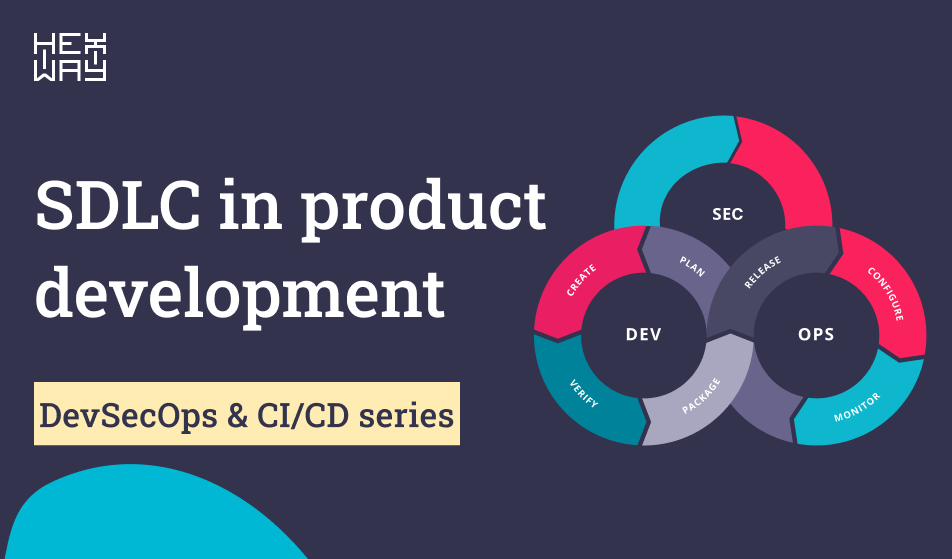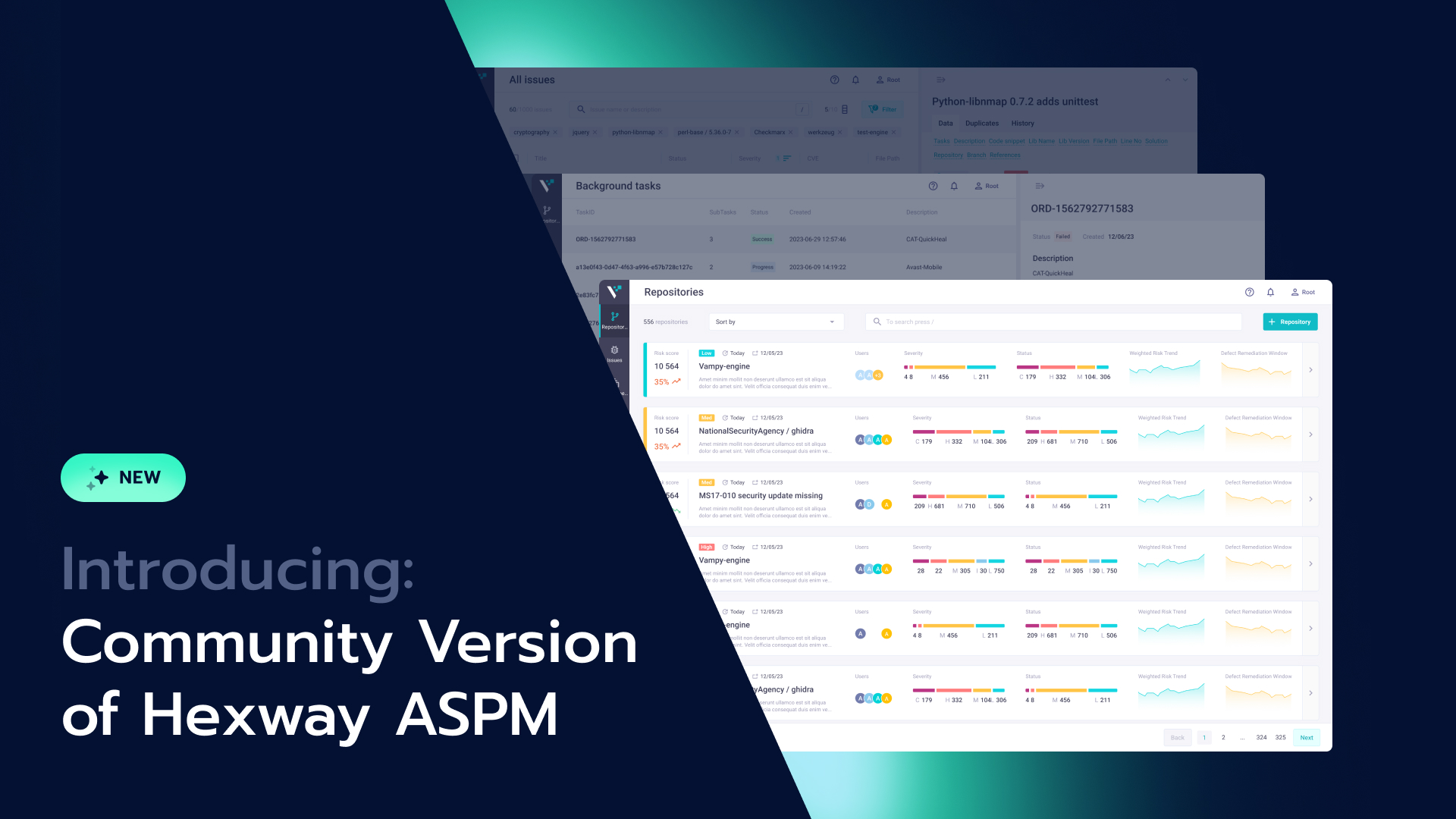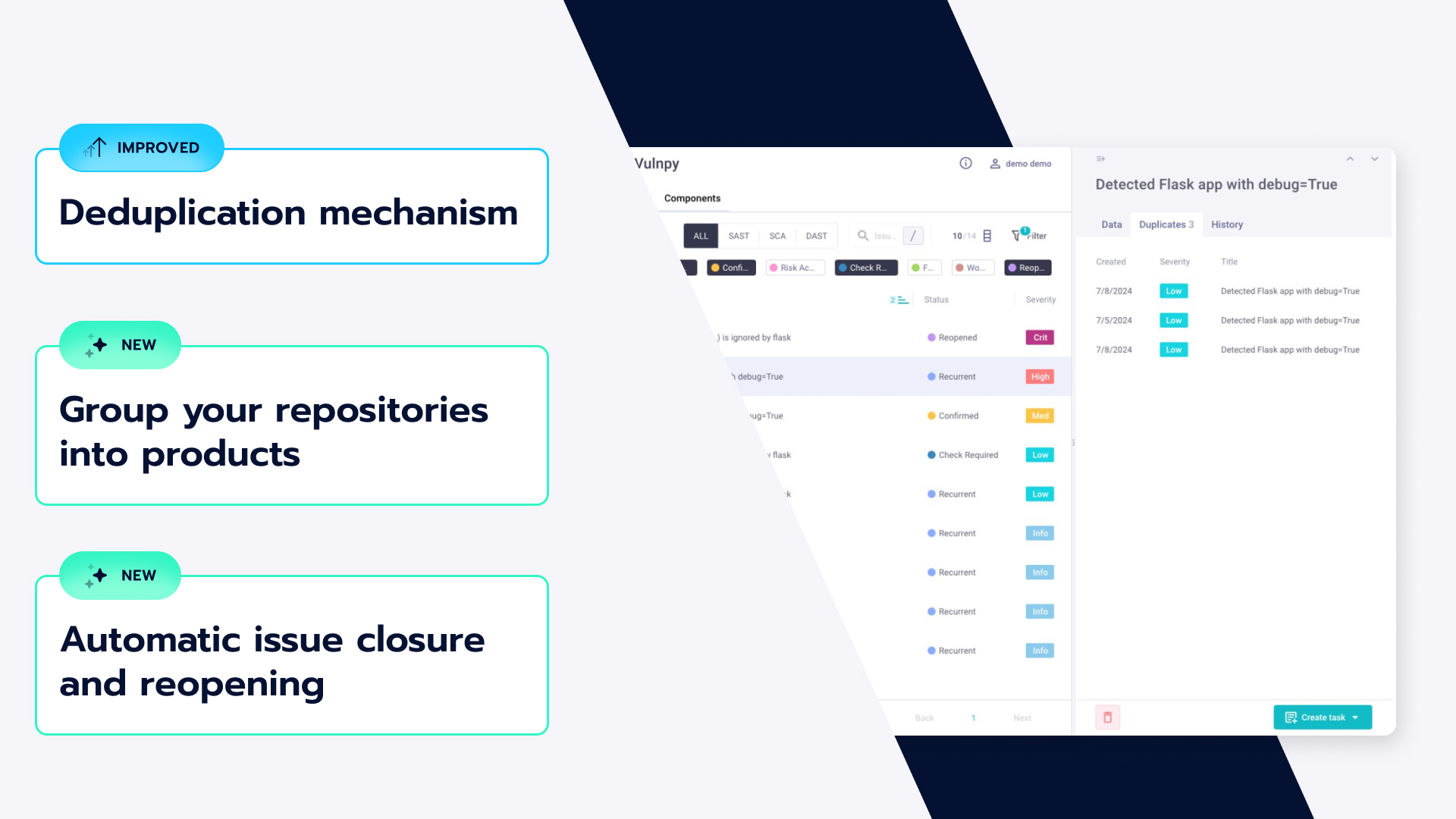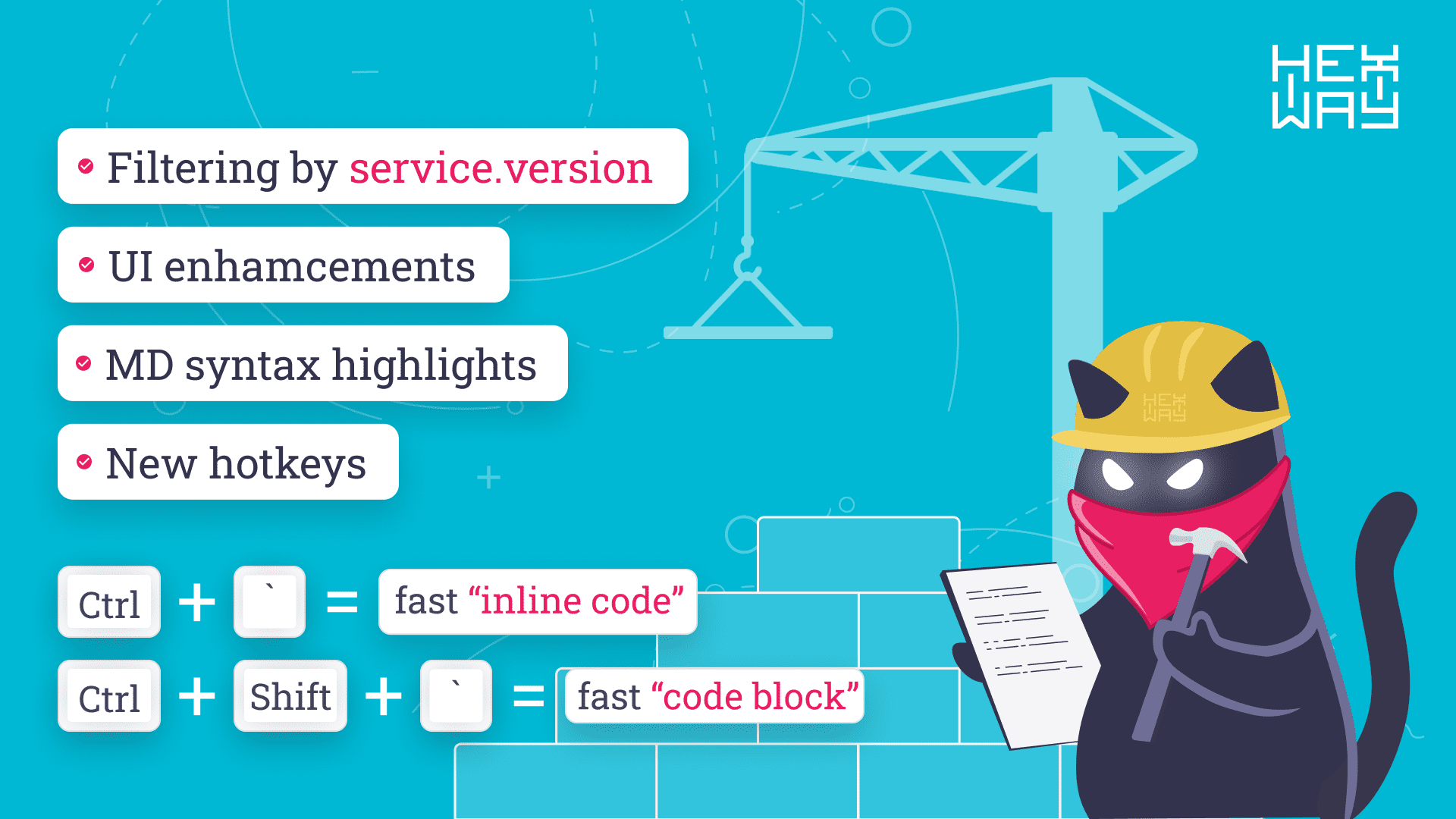S for Security. From SDLC to SSDLC, DevSecOps, and CI/CD/CS

In today's technology landscape, disruptive products continually redefine our lives. At the heart of this transformation lies the Software Development Life Cycle (SDLC), which delivers results across industries. However, the traditional SDLC has evolved significantly to incorporate security at its core, giving rise to the Secure Software Development Life Cycle (SSDLC). This shift has also led to the emergence of DevSecOps and CI/CD/CS (Continuous Integration/Continuous Delivery/Continuous Security) as critical components of modern software development.
The Shift from SDLC to SSDLC
Creating a product is a highly challenging task, starting from a mere idea and culminating in delivering a product. This journey involves numerous intricate stages, each demanding efficiency and excellence. With its structured approach, SDLC has long provided a systematic way to ensure software products are developed efficiently, with high quality, and in line with stakeholder requirements.
However, in recent years, the industry has realized that SDLC and security are inseparable. This realization has given birth to SSDLC, where security is integrated into every stage of the development process. SSDLC is not just about adding security testing into the mix; it's about considering security implications at every decision point, from planning and design to deployment and maintenance.
The Evolution of SDLC: DevSecOps Era
As the importance of automation and security increased, changes to SDLC were necessary. This is where DevSecOps comes into play. DevSecOps, a combination of Development, Security, and Operations, ensures that security is integral to every stage of SDLC, fostering a culture of security. Here are some key aspects of DevSecOps:
- The Shift-Left Approach: DevSecOps promotes the shift-left security approach, where security considerations and practices are brought early into the SDLC, starting from the planning and design phases. Instead of conducting security testing in the production environment, it is focused on the pre-production, development, and design stages.
- Continuous Monitoring and Security: DevSecOps instills a mentality of continuously monitoring applications and infrastructure to detect and promptly respond to security events. Continuous monitoring results in continuous security: ongoing assessments, vulnerability management, threat intelligence, etc., are practiced throughout the SDLC, resulting in a more streamlined and security-focused workflow with reduced future risks.
- Security Awareness Among Developers: DevSecOps fosters a security-conscious mindset among software development teams. Ongoing training and awareness programs inform team members about the latest security practices, vulnerabilities, and threats.
- Better Collaboration: DevSecOps principles align with development, security, and operations. This results in shared responsibility and cross-team collaboration. It dismantles barriers between teams, creating a collaborative atmosphere where developers, security experts, and operations personnel unite to incorporate security considerations across the entire software development lifecycle.
- Efficient Product Delivery: Through automation, continuous integration, and delivery practices, DevSecOps streamlines development processes, reduces manual effort, and ensures seamless integration of security checks. Integrating risk management practices throughout the software development lifecycle enables proactive identification and mitigation of security risks.
CI/CD/CS: The Backbone of DevSecOps
Continuous Integration/Continuous Delivery/Continuous Security (CI/CD/CS) is critical to modern software development practices, particularly in DevSecOps. CI/CD/CS is a method to frequently deliver apps to customers by introducing automation into the stages of app development. The main concepts attributed to CI/CD/CS are continuous integration, delivery, deployment, and security.
Continuous Integration (CI)
CI is a coding philosophy and practices that drive development teams to implement small changes and frequently check in code to version control repositories. Because most modern applications require developing code in different platforms and tools, the team needs a mechanism to integrate and validate its changes.
Continuous Delivery (CD)
Continuous delivery picks up where continuous integration ends. CD automates the delivery of applications to selected infrastructure environments. Most teams work with multiple environments other than production, such as development and testing environments, and CD ensures there is an automated way to push code changes to them.
Continuous Deployment (CD)
Continuous Deployment may be considered a higher degree of automation, where every change that passes all stages of your production pipeline is released to your customers. There's no human intervention; only a failed test will prevent a new change from being deployed to production.
Continuous Security (CS)
CS is integrating security practices into the CI/CD pipeline. This includes automated security testing, threat modeling, and security checks at every stage of the development process. CS ensures that security is not an afterthought but is integrated throughout the development process, making it easier to identify and fix security issues early on.
CI/CD/CS solves the problems integrating new code can cause for development and operations teams (DevOps). CI/CD/CS introduces ongoing automation and continuous monitoring throughout the lifecycle of apps, from integration and testing phases to delivery and deployment.
In DevSecOps, CI/CD/CS pipelines are crucial in implementing security at every stage of software development. They enable teams to catch and fix security issues early in the development process, making it easier to build secure applications. By automating the integration and deployment processes, CI/CD/CS pipelines also reduce the risk of human error, making the software development process more efficient and reliable.
CI/CD/CS pipelines are essential to DevSecOps, enabling teams to deliver secure, high-quality software more efficiently. By automating the software development process, CI/CD/CS pipelines reduce the risk of security issues and make it easier for teams to deliver software quickly and reliably.
2023 DevSecOps & CI/CD Trends and Stats
- 85% of organizations have adopted DevSecOps practices, up from 70% in 2022.
- The global DevSecOps market is expected to reach $14.5 billion by the end of 2023, growing at a CAGR of 31.2%.
- Automated security testing tools in the CI/CD/CS pipeline usage has increased by 40% in 2023.
- Organizations implementing DevSecOps are 50% less likely to experience a data breach.
- 60% of organizations plan to implement AI and ML in DevSecOps in 2023.
- 80% of organizations have adopted CI/CD/CS pipelines in their software development process, up from 65% in 2022.
- The use of CI/CD/CS in conjunction with DevSecOps practices has increased by 35% in 2023.
- Organizations using CI/CD/CS pipelines are 60% more likely to detect and fix security issues before deployment.
- 55% of organizations plan to implement AI and ML in CI/CD/CS pipelines in 2023.
Remember, the key to successful DevSecOps implementation is continuous learning, adaptation, and collaboration. Stay updated with the latest trends and make security an integral part of your development process. To help you in this journey, consider booking a demo with Hexway Vampy, a leading solution in the DevSecOps space. Hexway Vampy provides robust tools and features that can help you integrate security seamlessly into your development process, making your transition to SSDLC, DevSecOps, and CI/CD/CS smoother and more efficient.
Conclusion
The evolution from SDLC to SSDLC, incorporating DevSecOps principles, has revolutionized the software industry by enhancing efficiency and security. SSDLC, with its structured approach, ensures that software products are developed systematically, with security considerations integrated at every stage, meeting all regulatory or any other requirements.
Integrating DevSecOps into SSDLC brings security to the forefront of every stage, promoting a shift-left approach where security is considered from the early planning and design phases. Continuous monitoring and security practices throughout the SSDLC mitigate risks and address vulnerabilities proactively.
DevSecOps within SSDLC creates a culture of shared responsibility and enables efficient product delivery by fostering security awareness among developers and promoting collaboration between teams. Automation and continuous integration, delivery, and security practices streamline development processes, reducing manual effort and accelerating time to market.
Overall, the evolution of SDLC to SSDLC by incorporating DevSecOps empowers organizations to deliver secure, high-quality software efficiently and faster. Adopting CI/CD/CS pipelines further enhances this process, ensuring security is integrated at every step of the development process.
To stay ahead in this evolving landscape, exploring and adopting advanced DevSecOps and ASoC solutions is crucial. Hexway Vampy is here to provide robust features to integrate security into your development process seamlessly.
Book a demo to discover how to enhance security management processes, streamline development, and help your organization stay ahead of the curve in the era of SSDLC and DevSecOps. Don't wait. Check out Hexway Vampy ASOC today and take a step towards a more secure future.












